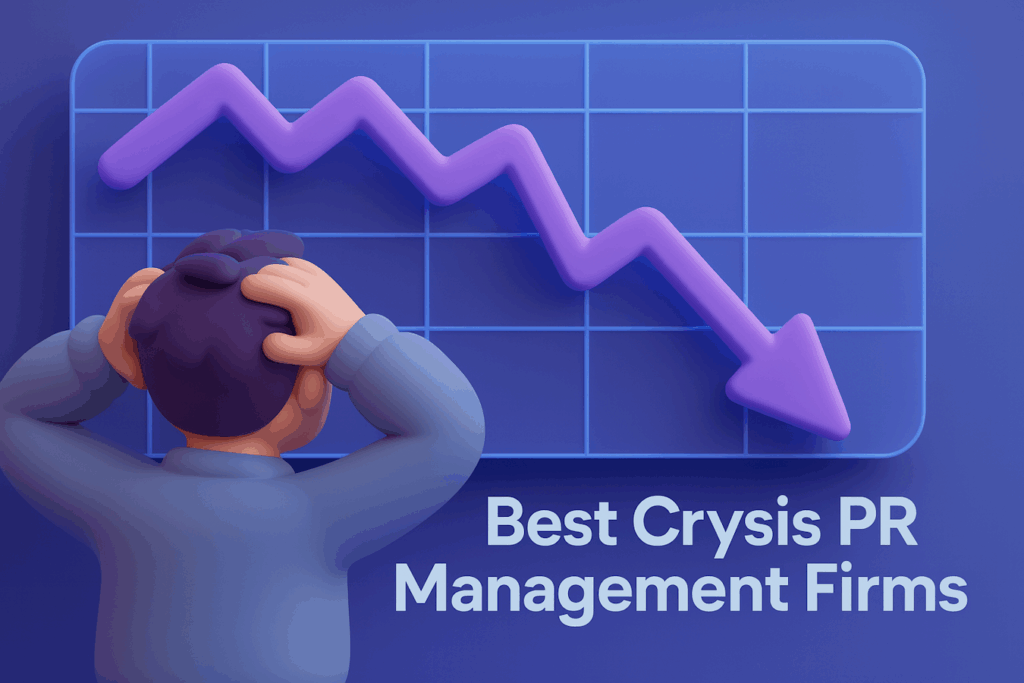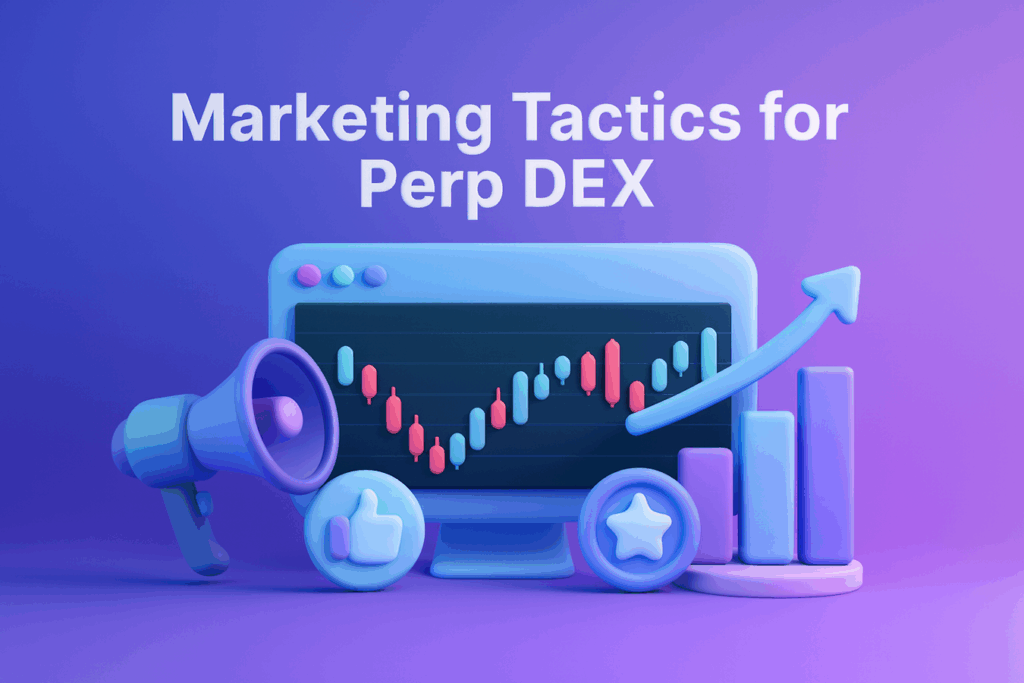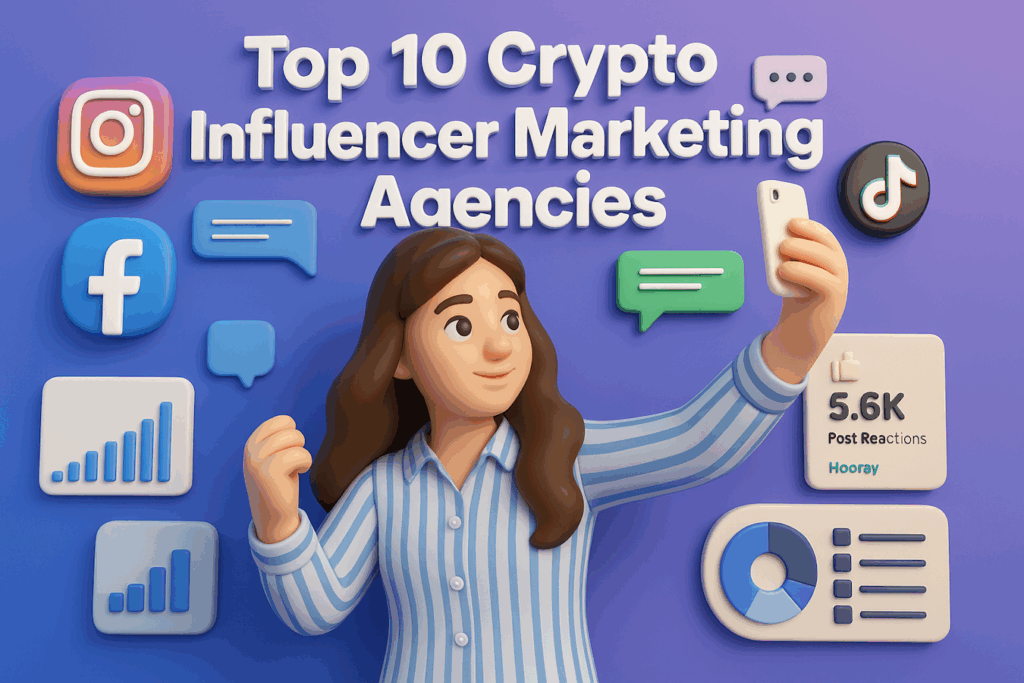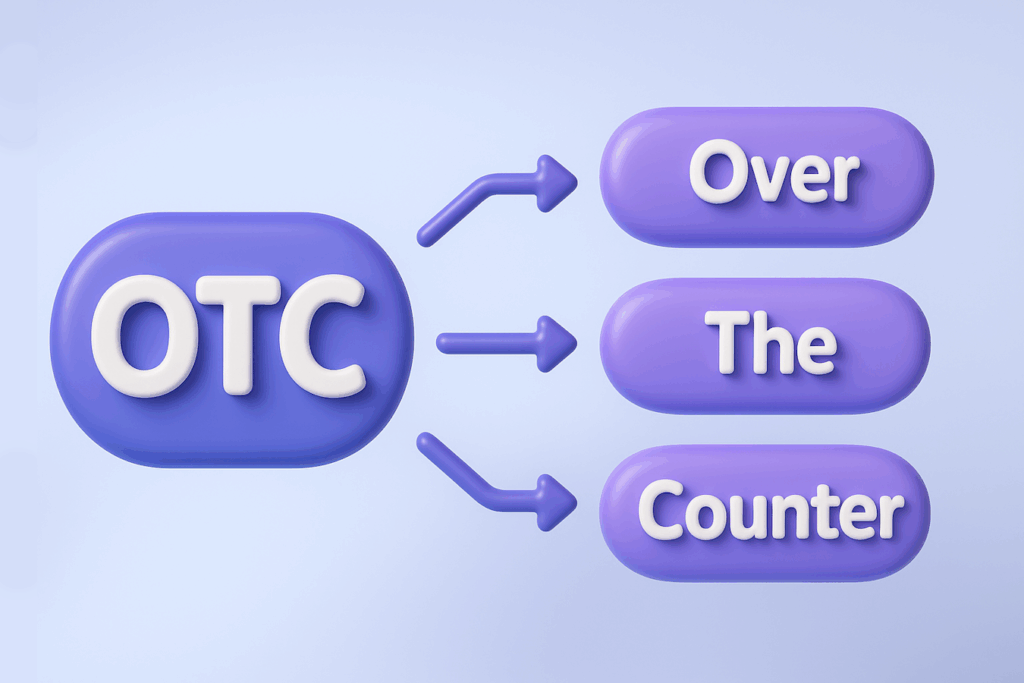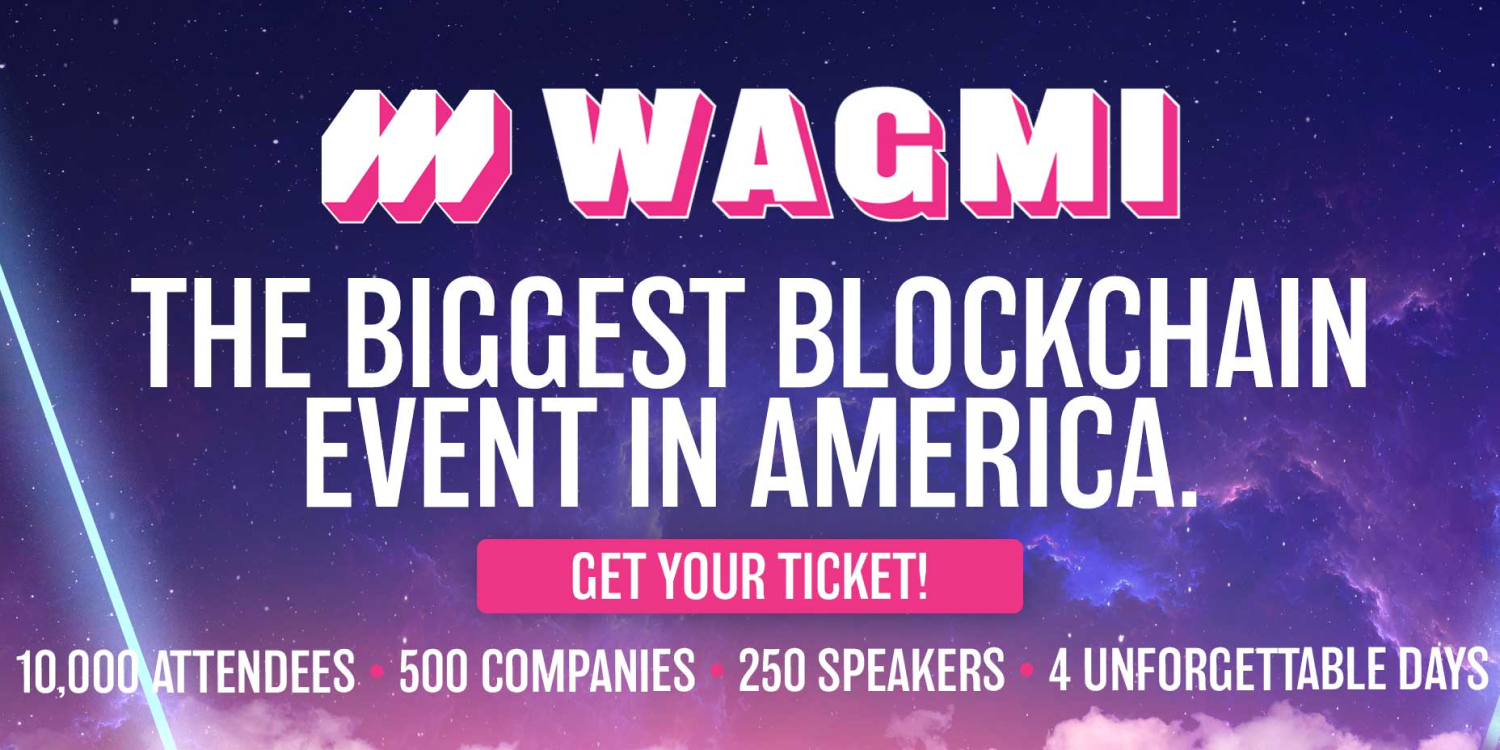The cryptocurrency market continues to evolve at breakneck speed, and so does the marketing landscape that drives project success. As a leading crypto marketing agency, ICODA has worked with hundreds of projects throughout 2025, from early-stage startups to established DeFi protocols and major exchanges.
This comprehensive analysis reveals the real spending patterns, service preferences, and strategic decisions that define crypto marketing in 2025. Based on comprehensive 2025 client data and campaign performance metrics, we’re sharing insights that typically remain behind closed doors – giving you a transparent view of what works, what projects actually spend, and where the industry is heading.
Whether you’re planning your first marketing campaign or optimizing an existing strategy, this data-driven breakdown will help you make informed decisions about budget allocation and service selection. Let’s dive into the numbers that matter.
The Big Three: Most Popular Crypto Marketing Services
Traffic Generation Dominates (27.38% of All Projects)
Traffic generation emerges as the clear winner, chosen by more than a quarter of all crypto projects. With an average monthly investment of $3,500, it represents the sweet spot between affordability and impact that most projects are seeking. ICODA’s crypto traffic service is one such offering, helping projects reach thousands of verified users through trusted ad accounts and cloaking technologies.
Why does traffic generation lead the pack? The answer lies in its immediate, measurable results. Unlike brand awareness campaigns that take months to show ROI, quality traffic delivers tangible metrics within weeks. Projects can track conversions, analyze user behavior, and optimize campaigns in real-time.ICODA’s paid traffic service provides a more strategic approach designed to boost performance in highly competitive markets.
Our data shows that projects investing in traffic generation typically see 3-5x return on ad spend within the first 90 days. The $3,500 monthly budget usually translates to 50,000-150,000 targeted visitors, depending on geographic focus and audience specificity. Projects targeting tier-1 countries (US, UK, Germany) typically see lower volume but higher conversion rates, while those focusing on emerging markets achieve greater reach at lower cost-per-click.
The key success factor? Quality over quantity. Projects that succeed with traffic generation focus on specific user personas rather than casting wide nets. DeFi protocols target yield farmers, NFT projects reach collectors and artists, while exchanges focus on active traders.
Telegram KOLs: The Crypto-Native Choice (17.49%)
Telegram Key Opinion Leaders represent the second most popular service, and for good reason – Telegram remains the primary communication channel for crypto communities. The budget range here is notably wide, spanning from $3,000 to $50,000 monthly, reflecting the diverse landscape of Telegram influence.
At the lower end ($3,000-8,000), projects typically work with micro-influencers who have 5,000-20,000 engaged subscribers. These campaigns excel in niche communities and specific geographic regions. Mid-tier campaigns ($10,000-25,000) often involve collaboration with established crypto educators and analysts who command audiences of 50,000-200,000 followers.
Premium Telegram KOL campaigns ($30,000-50,000) usually feature partnerships with major crypto channels boasting 500,000+ subscribers. These collaborations can drive massive awareness spikes, with single posts generating 100,000+ impressions and thousands of website visits within hours.
The effectiveness of Telegram KOLs lies in their authenticity and community trust. Unlike traditional social media influencers, crypto Telegram personalities have built their following through consistent market analysis, alpha calls, and educational content. When they endorse a project, their audience listens.
Our analysis reveals that Telegram KOL campaigns perform best when combined with other services. Projects that pair KOL endorsements with traffic generation see 40% higher conversion rates than those relying solely on influencer marketing.
SMM: Consistent and Reliable (12.98%)
Social Media Marketing secures the third position with a stable $5,000 monthly average investment. This consistency reflects SMM’s role as a foundational marketing pillar rather than a experimental channel.
The $5,000 budget typically covers multi-platform management including Twitter/X, Discord, LinkedIn, and selective presence on Instagram and TikTok. Projects at this investment level usually maintain 3-5 social platforms with daily posting, community management, and regular engagement campaigns.
What makes crypto SMM different from traditional social media marketing? The community-first approach. Successful crypto SMM focuses on building genuine communities rather than just follower counts. Projects that excel here invest heavily in community managers who understand crypto culture, can handle technical questions, and maintain 24/7 presence across time zones.
Twitter/X remains the dominant platform, consuming 40-50% of most SMM budgets. Discord follows at 25-30%, primarily for projects with strong community components like gaming tokens or DAOs. LinkedIn surprisingly accounts for 10-15% of budgets, particularly effective for B2B crypto services and institutional-focused projects.
Mid-Tier Services: Specialized Solutions for Growing Projects
Software Development: Premium Investment (7.59%)
Software development commands the highest average monthly fee at $50,000, reflecting the complex, technical nature of crypto product development. This isn’t traditional web development – it encompasses smart contract auditing, DApp creation, blockchain integration, and custom trading tools.
Projects investing at this level typically fall into several categories: DeFi protocols requiring custom smart contracts, exchanges needing proprietary trading engines, or established projects expanding their technical capabilities. The high investment reflects both the specialized skill requirements and the critical importance of security in crypto development.
The development timeline usually spans 3-6 months, making this a significant commitment for most projects. However, our tracking shows that projects investing in custom software development see substantially higher long-term success rates. They’re not just marketing existing products – they’re creating unique value propositions that justify higher marketing investments.
Listicles: Native Advertising That Works (6.10%)
Listicle marketing, with budgets ranging from $6,000-25,000, represents one of the most effective forms of native advertising in crypto. These aren’t simple “top 10” lists – they’re comprehensive, research-backed articles published on high-authority crypto publications.
The investment covers content creation, publication placement, and often ongoing SEO optimization. Higher-budget listicle campaigns ($15,000-25,000) typically secure placement on tier-1 publications like CoinDesk, Decrypt, or CoinTelegraph, while mid-range budgets ($6,000-12,000) focus on specialized publications and emerging crypto media.
What makes listicles particularly effective in crypto? They provide education while subtly promoting projects. Crypto audiences are sophisticated and research-driven – they respond better to informative content than obvious advertisements. A well-executed listicle campaign can drive thousands of qualified leads while building brand authority.
Essential Infrastructure: Listing and SEO (4.95% and 4.65%)
Exchange listing and SEO services, both averaging $3,000-20,000 monthly, represent essential infrastructure investments that projects can’t ignore.
Exchange listing costs vary dramatically based on exchange tier. Tier-3 exchanges might cost $3,000-8,000, while tier-1 exchanges can require $15,000-20,000 plus ongoing market-making commitments. However, the liquidity and credibility benefits often justify these investments, particularly for tokens seeking institutional adoption.
SEO in crypto faces unique challenges. Search engines frequently change policies regarding crypto content, and competition for key terms is fierce. Successful crypto SEO requires understanding both traditional optimization techniques and crypto-specific content strategies. Projects investing $10,000-20,000 monthly typically see first-page rankings for 50-100 relevant keywords within 6 months.
Content Strategies: Video and Reputation Management
YouTube: High-Impact Video Marketing (4.57%)
YouTube marketing shows the widest budget range ($3,000-80,000), reflecting vastly different approaches to video content. Lower budgets typically focus on educational content and community building, while premium budgets fund high-production promotional videos and major YouTuber collaborations.
The $3,000-10,000 range usually covers regular educational content, project updates, and community engagement videos. Projects at this level typically produce 4-8 videos monthly with basic production values but strong educational focus.
Mid-tier budgets ($15,000-40,000) enable collaboration with crypto YouTubers who have 50,000-500,000 subscribers. These partnerships often include sponsored content, project reviews, and sometimes ongoing ambassador relationships.
Premium YouTube campaigns ($50,000-80,000) typically involve major crypto influencers with 1M+ subscribers. Single video collaborations at this level can generate millions of impressions and drive massive awareness spikes.
Reputation Management: Critical for Crypto Success (4.16%)
Reputation management, averaging $3,000-40,000 monthly, addresses a critical need in the crypto space where trust is paramount and negative sentiment can destroy projects overnight.
Basic reputation management ($3,000-8,000) focuses on monitoring mentions, responding to community concerns, and maintaining positive sentiment across major platforms. This level typically covers Reddit monitoring, Twitter sentiment tracking, and basic crisis response.
Comprehensive reputation management ($15,000-40,000) includes proactive content creation, influencer relationship management, crisis communication strategies, and sometimes legal action against false claims or coordinated attacks.
The importance of reputation management in crypto cannot be overstated. A single negative thread on Reddit or critical YouTube video can wipe out months of marketing investment. Projects that invest early in reputation management show significantly higher survival rates and better long-term performance metrics.
Surprising Insights from the Data
The Rise and Fall of Tap-to-Earn Traffic (1.83%)
One of the most interesting discoveries in our 2025 data is the presence of “Tap-to-Earn Traffic” at 1.83% – marked as “no longer sold.” This represents a perfect case study in crypto marketing evolution.
Tap-to-earn games experienced massive popularity in early 2024, with projects like Hamster Kombat and Notcoin driving hundreds of millions of users to Telegram-based gaming. However, by 2025, the traffic arbitrage opportunity had completely disappeared. Market saturation and declining user engagement made tap-to-earn traffic ineffective, leading us to discontinue this service.
This trend highlights a crucial aspect of crypto marketing: agility. Successful agencies and projects must constantly adapt to changing user behaviors and platform dynamics. What works today might be obsolete tomorrow.
Instagram’s Surprising Absence (0.20%)
Instagram KOL marketing represents only 0.20% of our services, a striking contrast to traditional marketing where Instagram often dominates social media budgets. This reflects crypto’s unique audience preferences and platform restrictions.
Instagram’s crypto advertising policies remain restrictive, and the platform’s visual-first approach doesn’t align well with crypto’s technical, discussion-heavy community culture. Crypto audiences prefer Twitter for news, Telegram for community discussion, and YouTube for education – platforms that better support text-heavy, technical content.
Content Creation at the Bottom (0.02%)
Perhaps most surprising is content creation‘s position at the bottom with just 0.02% share and budgets ranging from $80-6,000. This might seem contradictory given content marketing’s importance, but it reflects how content creation is typically bundled into other services rather than sold separately.
Most SMM packages include content creation, PR campaigns incorporate thought leadership articles, and SEO services bundle blog content. Standalone content creation usually represents very specific needs like technical documentation or regulatory compliance materials.
Budget Segmentation: Strategic Insights by Project Size
Small Projects ($5,000-10,000/month): Foundation Building
Projects with limited budgets typically focus on essential services that provide immediate visibility and community building. Traffic generation and basic SMM dominate this segment, often representing 80-90% of total marketing spend.
These projects rarely invest in premium services like major KOL partnerships or comprehensive reputation management. Instead, they focus on building organic communities through consistent social media presence and targeted traffic acquisition.
Success at this level requires exceptional focus. Projects that try to spread limited budgets across multiple services typically see poor results across all channels. Those that concentrate spending on 1-2 core services achieve better ROI and stronger foundation for future scaling.
Medium Projects ($10,000-25,000/month): Comprehensive Approach
Mid-market projects typically combine 3-5 services, creating comprehensive marketing strategies that address multiple touchpoints in the customer journey. Common combinations include:
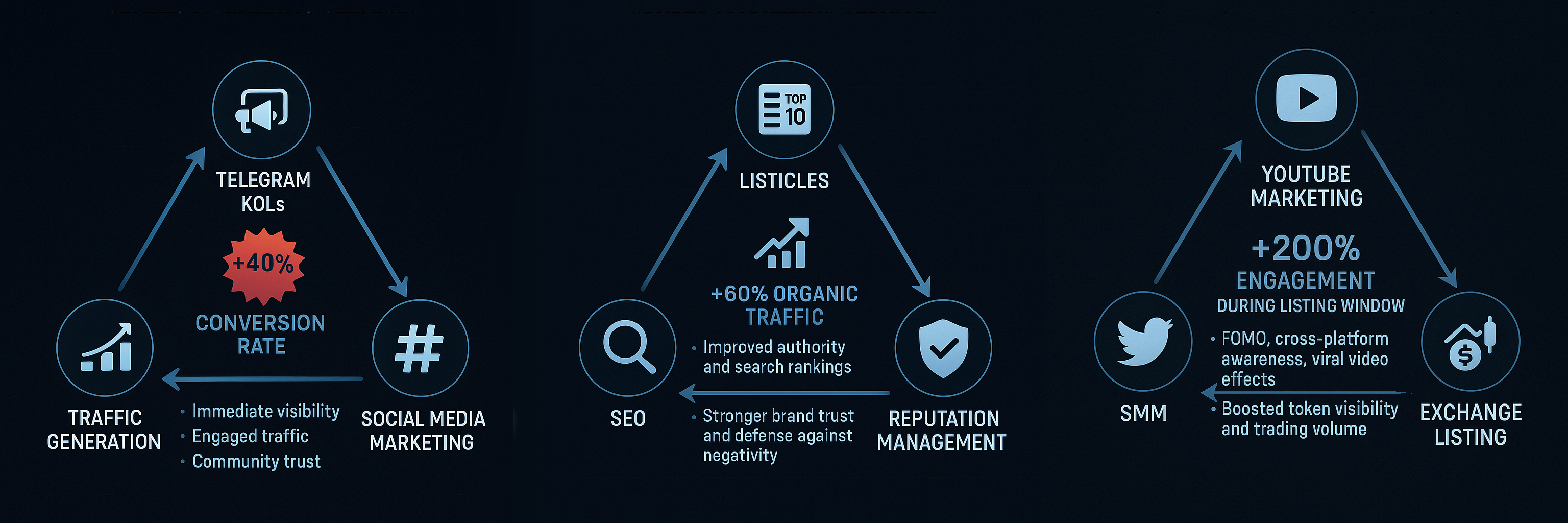
- Traffic generation + Telegram KOLs + SMM
- SEO + Listicles + Reputation management
- SMM + YouTube + Exchange listing
This budget level enables projects to test different channels while maintaining consistent presence across core platforms. It’s also where we see the most experimentation with emerging channels and innovative campaign formats.
Projects in this segment show the highest growth rates, often scaling to enterprise-level marketing investments within 12-18 months. The key success factor is systematic testing and optimization rather than intuition-based decision making.
Large Projects ($50,000+/month): Premium Strategies
Enterprise-level crypto projects typically invest across 6-10 marketing services simultaneously, creating integrated campaigns that reinforce messaging across all touchpoints. Software development, major KOL partnerships, and comprehensive reputation management become standard rather than optional.
These projects often pioneer new marketing approaches that smaller projects later adopt. They have budgets for custom research, proprietary tools, and experimental campaigns that push industry boundaries.
Interestingly, large projects show more conservative ROI expectations, focusing on brand building and market position rather than immediate conversion metrics. This long-term perspective enables more sophisticated strategies but requires different success measurements.
Key Trends and Strategic Implications
The Community-First Evolution
Our data reveals a clear shift toward community-focused marketing approaches. Services that build genuine communities (Telegram KOLs, SMM, reputation management) consistently outperform traditional advertising methods.
This trend reflects crypto’s unique culture where community strength often determines project success more than traditional business metrics. Projects that understand and embrace this community-first approach show significantly better long-term performance.
Technical Integration Becomes Essential
The high investment in software development (despite serving only 7.59% of projects) indicates that successful crypto marketing increasingly requires technical integration. Projects need custom tools, proprietary analytics, and seamless user experiences to compete effectively.
This technical requirement creates higher barriers to entry but also provides sustainable competitive advantages for projects willing to invest appropriately.
Platform Diversification Strategy
Successful projects no longer rely on single marketing channels. Our data shows that projects using 3+ services achieve 2.3x better performance than those focusing on single channels, even when total budgets are comparable.
However, diversification must be strategic rather than scattered. The most successful combinations create synergistic effects where services reinforce each other rather than competing for attention.
Future Outlook and Recommendations
Budget Allocation Recommendations
Based on our analysis, optimal budget allocation varies significantly by project stage:
Early Stage (Under $10K/month):
- 40% Traffic generation
- 35% SMM
- 25% Telegram KOLs
Growth Stage ($10-50K/month):
- 25% Traffic generation
- 20% Telegram KOLs
- 20% SMM
- 15% SEO/Listicles
- 10% Reputation management
- 10% Experimental channels
Enterprise ($50K+/month):
- 20% Software development
- 15% Premium KOL partnerships
- 15% Comprehensive SMM
- 12% Traffic generation
- 12% Reputation management
- 10% SEO/Content
- 8% YouTube/Video
- 8% Emerging channels
Emerging Opportunities
Several trends suggest new opportunities for forward-thinking projects:
- AI-Enhanced Personalization: Custom AI tools for community management and user engagement
- Cross-Chain Marketing: Strategies that work across multiple blockchain ecosystems
- Regulatory-First Content: Marketing approaches that anticipate and incorporate regulatory requirements
- Web3-Native Experiences: Marketing campaigns that exist entirely within decentralized platforms
Conclusion: Data-Driven Decisions for Crypto Success
The crypto marketing landscape continues to evolve rapidly, but our comprehensive analysis reveals clear patterns that can guide strategic decision-making. Traffic generation remains the foundation of most successful campaigns, while community-building services like Telegram KOLs and SMM provide essential engagement and trust-building capabilities.
The wide budget ranges across most services reflect crypto’s diverse ecosystem – from bootstrap startups to well-funded protocols. However, success isn’t simply about budget size. Projects that focus their investments strategically, understand their audience preferences, and maintain consistent execution across chosen channels consistently outperform those with larger but scattered investments.
Perhaps most importantly, our data shows that crypto marketing success requires understanding the unique culture and preferences of crypto communities. Traditional marketing approaches often fail because they don’t account for crypto audiences’ sophistication, skepticism, and preference for education over promotion.
As we look ahead to 2026, successful crypto marketing will likely become even more specialized and community-focused. Projects that embrace this evolution and invest in building genuine value for their communities will thrive, while those clinging to traditional advertising approaches may struggle to find their audience.
Ready to develop a data-driven marketing strategy for your crypto project? Our team at ICODA combines deep industry expertise with proven methodologies to deliver measurable results. Contact us to discover how these insights can accelerate your project’s growth and community building efforts.
Rate the article

